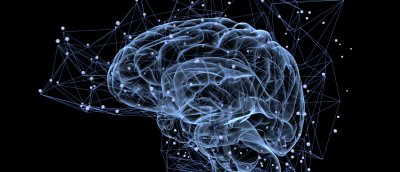The cerebral cortex, a substrate for information processing in high-dimensional, dynamic state spaces.

An essential function of the cerebral cortex, which is unclear in the processes, is to calculate signals of different origins with stored prior knowledge and to classify the result of this comparison operation. It is also unclear whether the dynamic properties of the networks play a role in this. These include oscillations in different frequency bands and synchronization phenomena. The proposed project aims to experimentally examine a concept that offers a closed solution to these questions. The core hypothesis is that knowledge is stored in the differential weightings of the myriads of recurrent compounds and is available in the form of a high-dimensional dynamic state space. The result of the adjustment with incoming signals would consist in the selection of a low-dimensional sub-state (vector), which can then be assigned to a classification. The primary visual cortex of behaviorally trained rhesus monkeys simultaneously registers the activity of a large number of selected nerve cells and these highly dimensional time series are then evaluated with mathematical methods from the areas of non-linear dynamics and machine learning and compared with the behaviour of the animals.
Project Leader
Prof. Dr. Wolf Singer, FIAS / Ernst Strüngmann Institut
